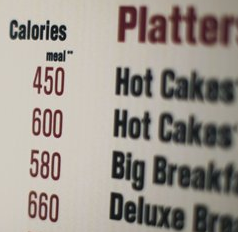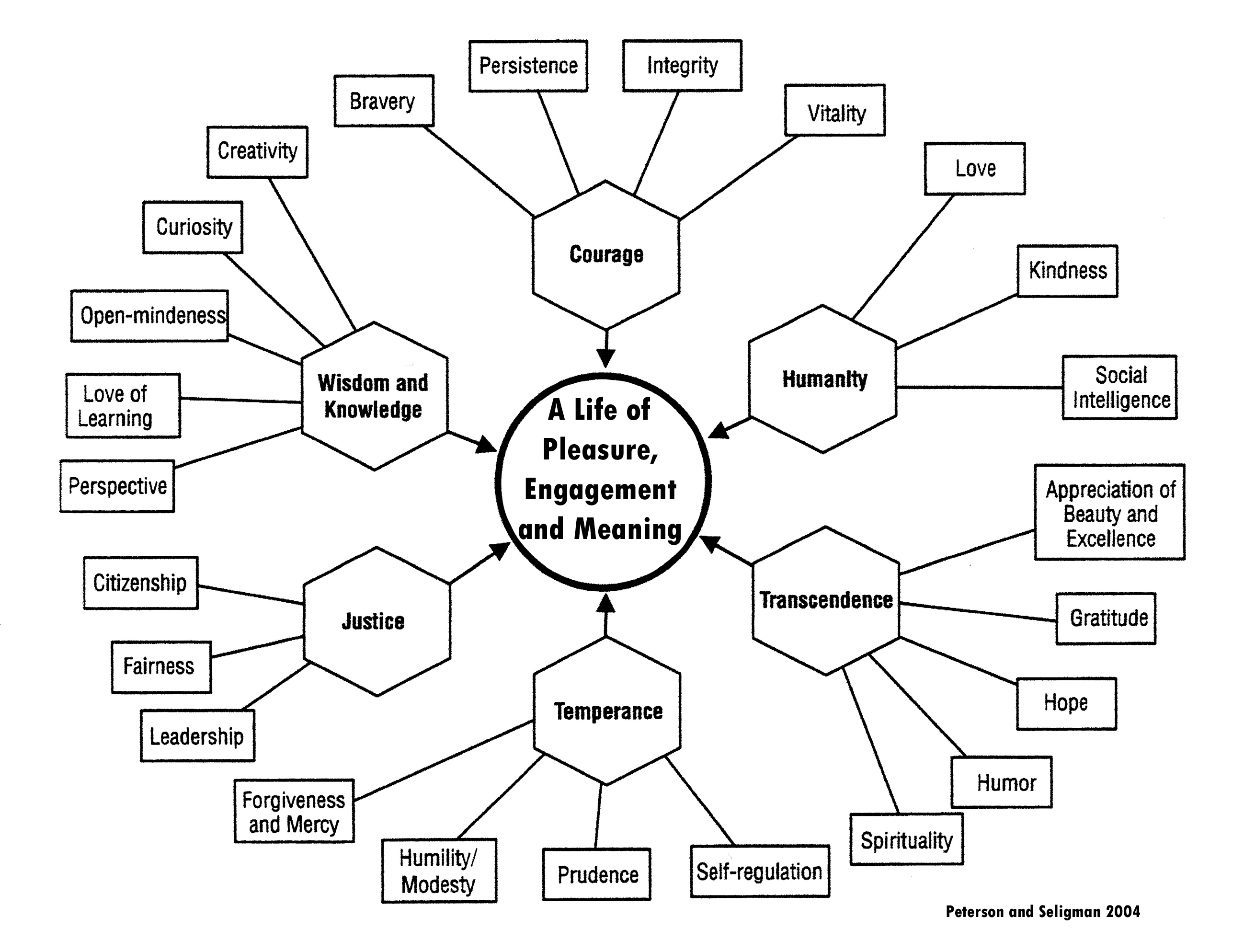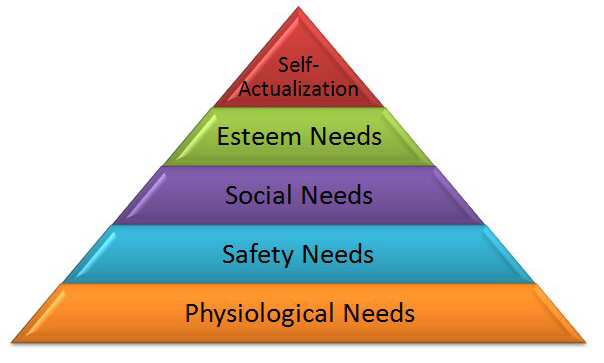Change Efforts Can Deplete Mental Energy & Fail
Sunday, January 30th, 2011 In cognitive design we focus on psychological moments of truth or those critical junctures of interaction where deep bonding or full-hearted rejection can occur. Every product, service or experience has them, and like first impressions, designers that ignore them often fail. Moments of truth are relatively small and can be very short in duration. All design challenges have at least three of them and some design problems can have more than a dozen.
In cognitive design we focus on psychological moments of truth or those critical junctures of interaction where deep bonding or full-hearted rejection can occur. Every product, service or experience has them, and like first impressions, designers that ignore them often fail. Moments of truth are relatively small and can be very short in duration. All design challenges have at least three of them and some design problems can have more than a dozen.
For example, a product or service designed to change behavior and help us form new habits must be especially adept at handling psychological moments of truth. Motivating an initial attempt to change, helping us avoid self-regulation failures and springing back from a relapse must all be managed to create lasting behavior change. A central variable in managing all of these moments of truth is mental energy. It takes energy to do work and behavior change requires a lot of mental work.
Recent research reported in the Journal of Consumer Research makes this very clear:
“When we feel fresh it’s relatively easy for us to focus on the primary features of a product, consider the outcome of a choice, and value the long-term benefits of an action,” the authors explain. “However when we feel depleted from exerting self-control, we start to attend to the non-central minor aspects, think about how feasible it is to engage in the choice, and sometimes emphasize short-term rewards.”
The idea of “feeling fresh” or the subjective experience of fatigue or energy, is one of the three components that make up mental energy. The question is, how can we fail-safe the design of change programs against low mental energy events and circumstances?









